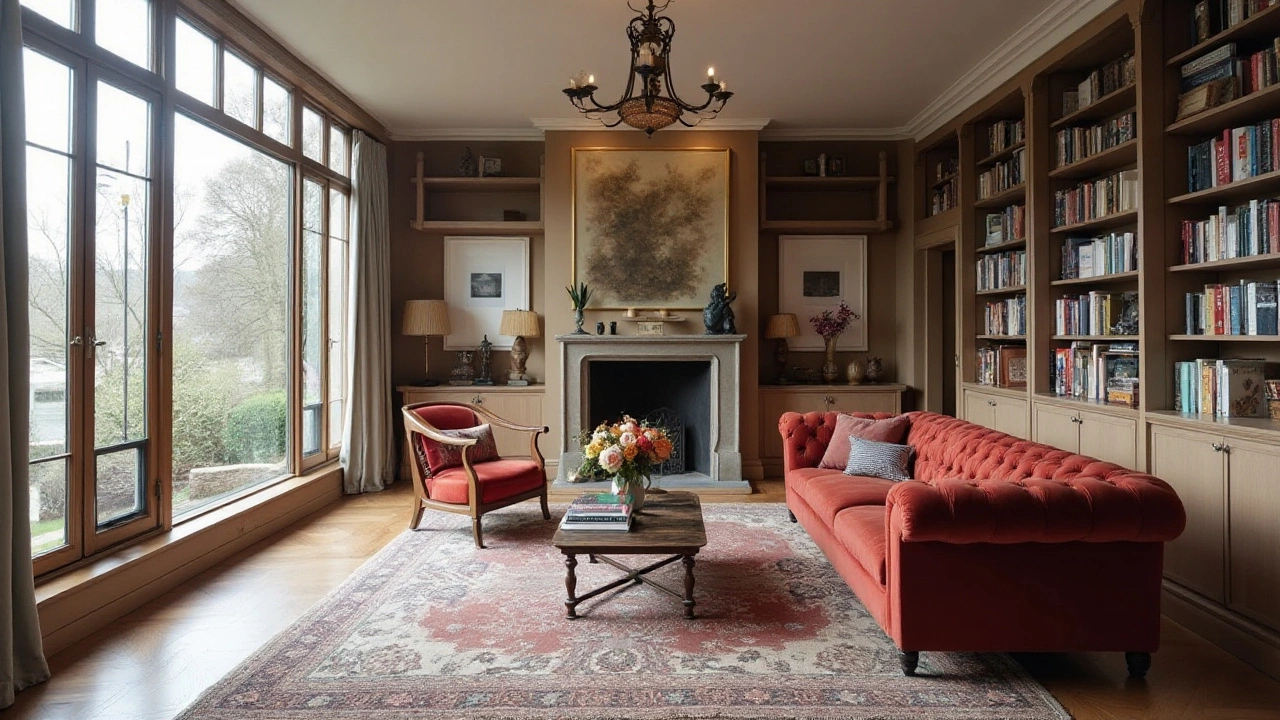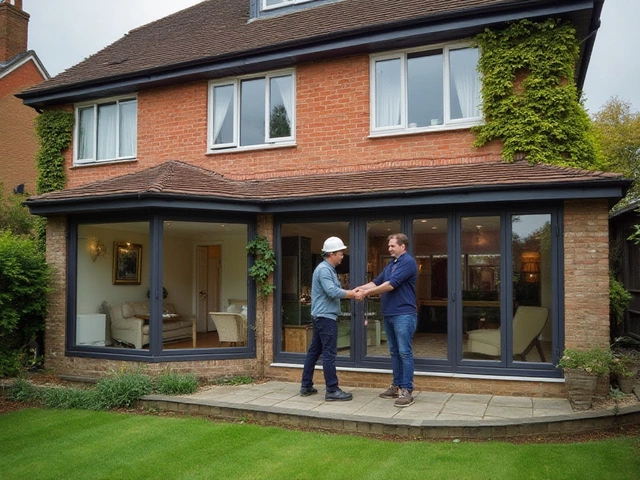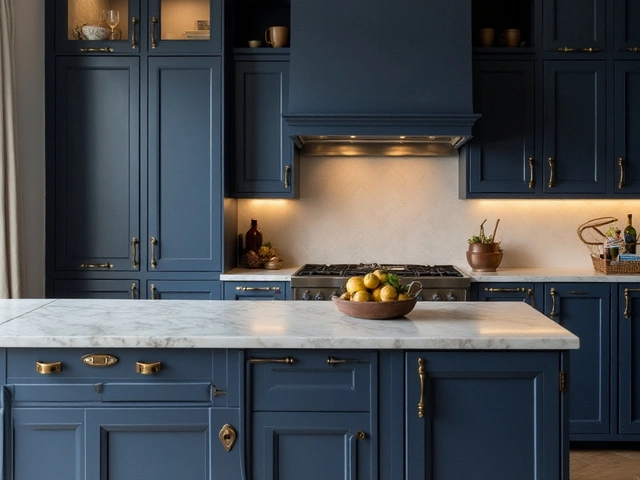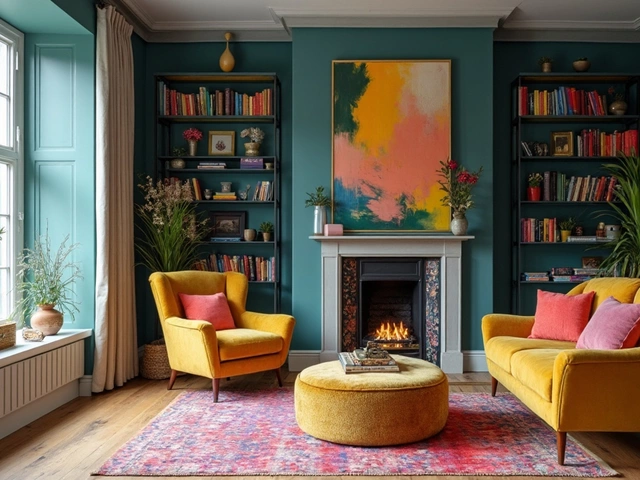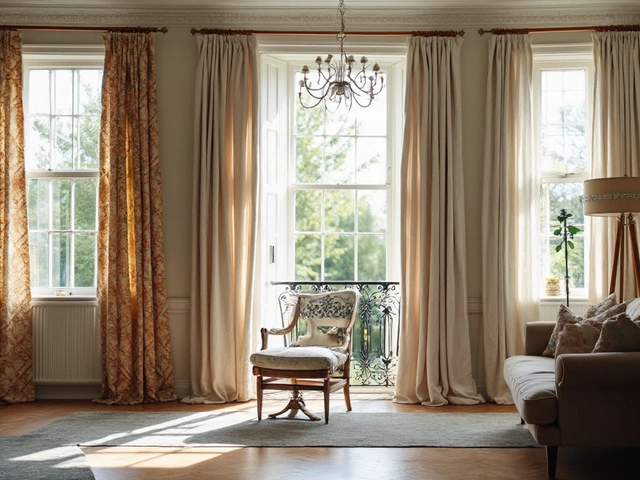Interior Design Qualifications: Your Roadmap to a Design Career
If you love rearranging rooms and picking colour palettes, turning that hobby into a profession starts with the right qualifications. In interior design, credentials tell clients and employers you understand space planning, materials, and safety rules. They also open doors to higher‑pay projects and freelance work. Below is a straight‑forward guide to the education, certifications, and skills that matter most.
Formal Education Routes
Most designers begin with a diploma, associate’s degree, or bachelor’s in interior design. A three‑year diploma covers drafting, colour theory, and building codes, while a four‑year bachelor’s adds business basics and advanced 3D software. Look for programs accredited by the Council for Interior Design Accreditation (CIDA) – those schools meet industry standards and make it easier to sit for licensing exams later.
If you’re already working a job and need flexibility, online courses from universities or platforms like RMIT or TAFE can give you the same core knowledge without a full‑time campus schedule. Keep an eye on the course syllabus: essential topics include space planning, lighting design, sustainability, and health‑and‑safety legislation.
Professional Certifications & Memberships
After you finish formal study, a professional certification adds credibility. In Australia, the most recognised badge is the Certified Interior Designer (CID) from the Design Institute of Australia (DIA). To earn it, you’ll need a relevant qualification plus a portfolio of at least three completed projects. The process usually involves a peer review, so make sure your work is well‑documented with photographs, floor plans, and client testimonials.
Internationally, the NCIDQ (National Council for Interior Design Qualification) exam is the gold standard. Even if you’re based in the UK, passing NCIDQ shows you meet global standards and can help you land overseas contracts. The exam tests knowledge of design fundamentals, building systems, and professional practice – a solid way to spot any gaps in your learning.
Don’t forget about industry memberships. Joining bodies like the British Institute of Interior Design (BIID) or the Interior Design Society (IDS) gives you access to networking events, webinars, and discounts on software licences. These groups often run mentorship programmes, letting you learn directly from seasoned designers.
Aside from formal titles, real‑world skills sell. Master industry tools such as SketchUp, AutoCAD, and Revit – most employers list them as “must‑have”. Free tutorials on YouTube or short courses on LinkedIn Learning can get you up to speed quickly. Also, develop a keen eye for budgeting and sourcing. Clients love designers who can recommend cost‑effective finishes without sacrificing style.
Finally, keep your portfolio fresh. Add new projects every few months, even if they’re personal makeovers or volunteer work. A strong, up‑to‑date portfolio is often more persuasive than any certificate when a client decides who to hire.
Bottom line: start with an accredited course, earn a reputable certification, stay active in professional groups, and keep sharpening your software and budgeting skills. With the right mix of education and experience, you’ll be ready to turn any space into a story worth living in.

